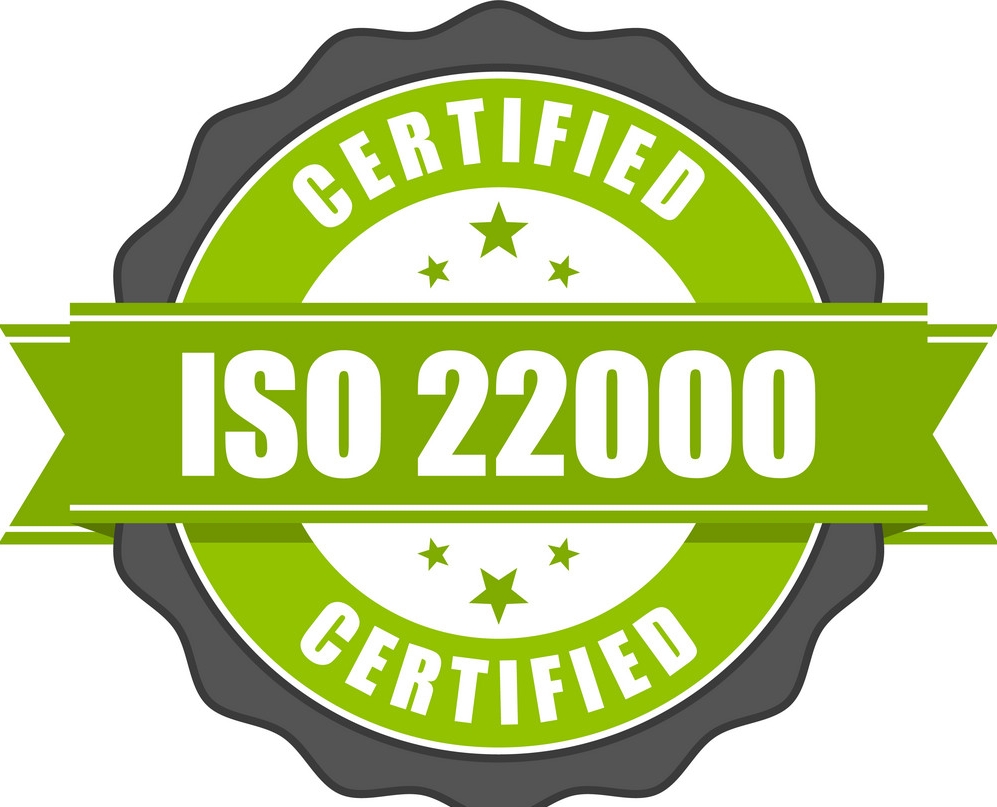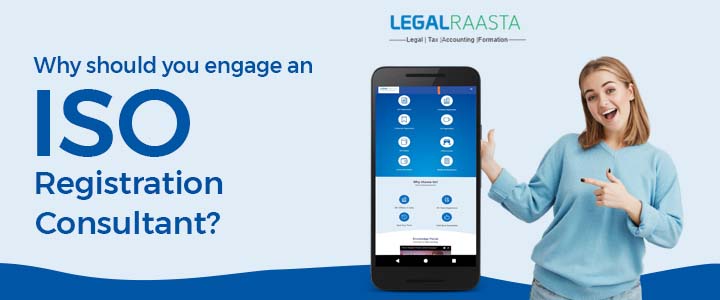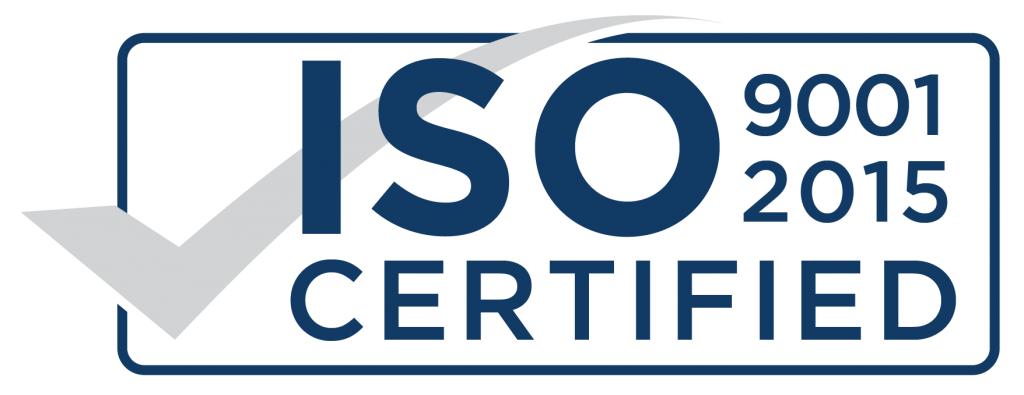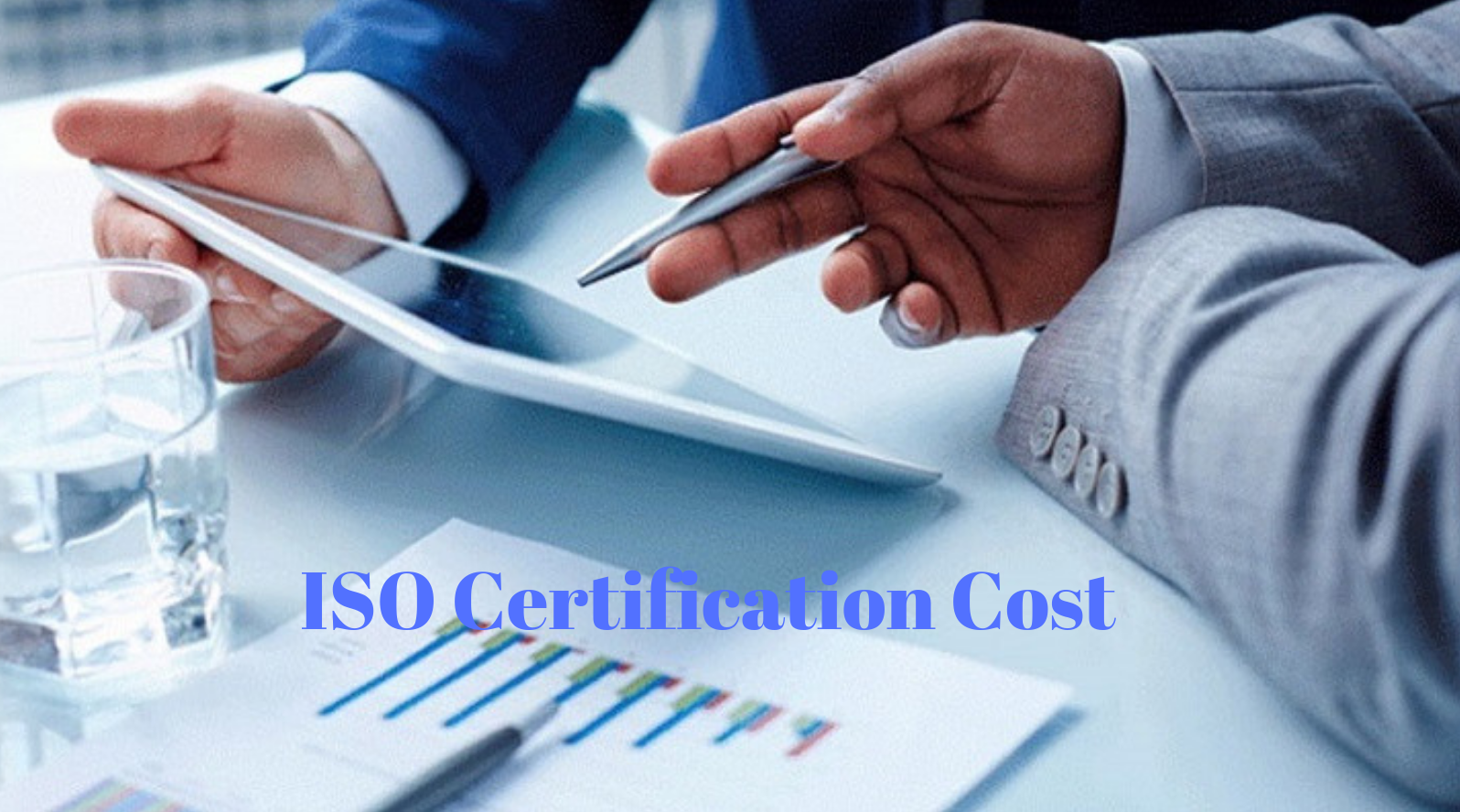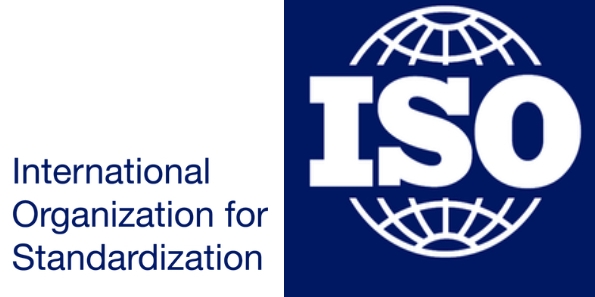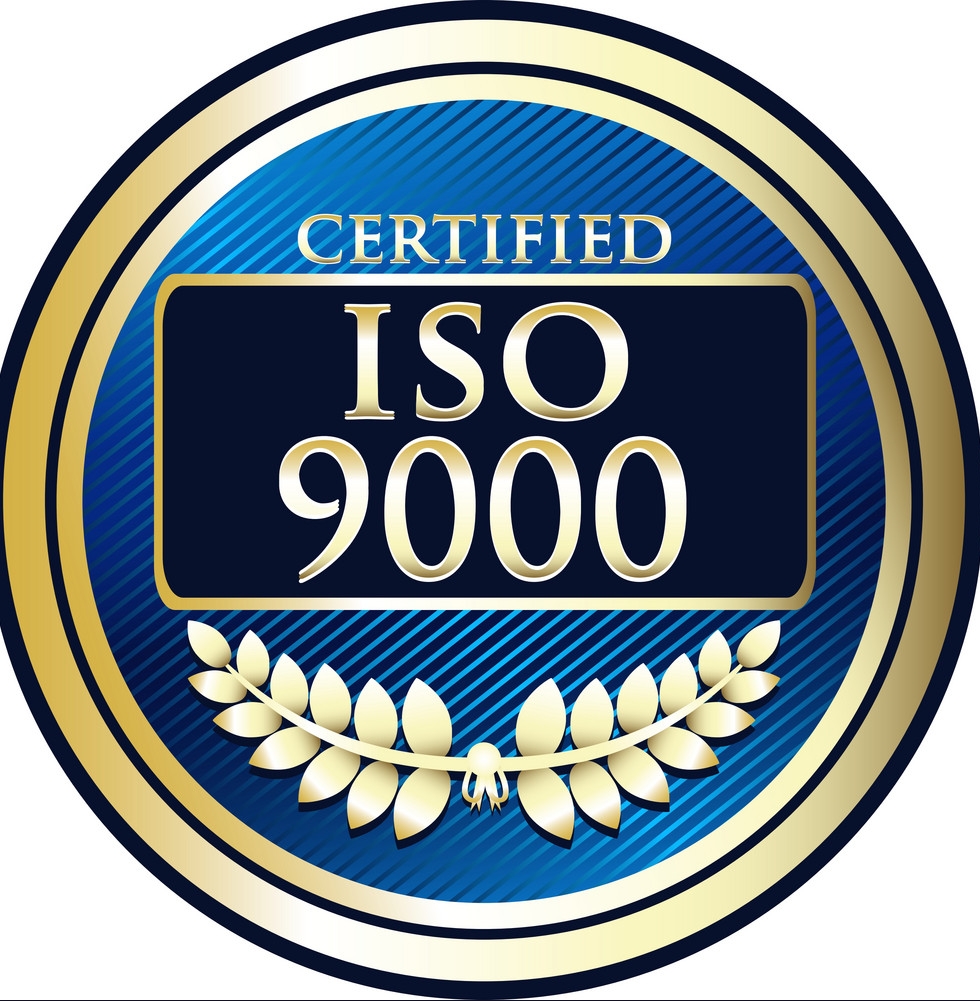ISO 22000 Guide: Benefits, Procedure, Cost, Certification
ISO 22000: An Overview
ISO 22000 certification is an International food safety standard which is developed by the International organization for standardization. It acts as the framework for a Food Safety Management System (FSMS) incorporating Good Manufacturing Practices (GMPs), Hazard Analysis Critical Control Point (HACCP) principles and ISO 9001: 2000 elements. ISO 22000 settled the general food safety requirements that are now applied worldwide by all the organization from farm to fork.
To know more about Procedure of ISO certification, Importance of ISO 9001 standards or more must read our blog.
For whom ISO 22000 is beneficial?
It can be beneficial for any company in the food-related business like from a field to store including growers, transporters, packagers, processors, retailers, bottlers and restaurants.
ISO 22000 integrates with an existing HACCP program
You may meet the ISO 22000 requirements for food safety specifically, Clause 7, as soon as you have a functioning GMP and HACCP program in place. The clause for ISO need Quality Management System elements (Consistent with ISO 9001:2000) and include:
- A communication plan
- A process for management review
- A procedure for continual improvement
- A procedure for document and record control
ISO 22000 Quality Management System elements:
- To implementing effective arrangements for communicating across the food chain, it is more relevant that there should be a two-way flow of information between all who influence or are affected by your FSMS. It contains suppliers, contractors, customers, consumers, statutory and regulatory authorities and company stuff.
- Besides, it also involves the top management in regular, documented reviews of the FSMS to ensure its continued effectiveness and improvement.
Key Elements of ISO 22000
- Involvement of the management team: It is a top management issue. ISO 22000 deals with the involvement of the management team, which has to develop overall policy.
- Communication: The food safety hazards may be introduced at any stage of the food chain si son interactive communication both upstream and downstream is essential. Moreover, internal communication is a key element of avoiding misunderstandings and minimizing risks. A common vocabulary can be vital and great help in this connection.
- The HACCP Principles: ISO 22000 merges the recognition of HACCP principles with a prerequisite programme. The hazard analysis overall determines a strong strategy and the prerequisite programmes set up an action plan.
- Management system: It always relies on a structured management system which is based on relevant parts of ISO 9001. And yes, it is possible to integrate them into one management system together with ISO 14001.
Requirements for ISO 22000
- Efficient and effective pre-requisite programs in place to ensure a clean sanitary environment is relevant.
- A hazard analysis and the critical control plan developed to identify, side by side prevent and eliminate food safety hazards,
- For managing food safety throughout your organization, established documented food safety management system processes is required from management and business planning aspects to day to day communication and operations affecting food safety.
Pre-requisites of ISO 22000 Certification
- Food safety management system documentation
First of all, your will be documented in the form of policies, objectives, procedures, and records. Mainly four levels of documentation are included in the documented management system.
- Documenting your processes
Secondly, there is a need to document the procedures called out by the standards and required to ensure the control of other processes in your FSMS. It means that your FSMS will have more documented procedures than just those specially named in the standards but these procedures will be useful documents. It ensures you that the process is being done as management planned and approved. On the contrary, they will also ensure that the management knows how to process are being performed.
- Specific Procedures required by the standard are:
Documents control
Records control
Unsafe products control
Corrections
Corrective actions
Withdrawals and Internal audits
One thing that should be remembered that the different people perform the process the same way. If you skip the procedure to write and put it in a book on the shelf to collect dust then you will be building a system where documented procedures. Moreover, the work instructions will become an important and integral part of your system.
- Simplifying your documentation project:
In a certain situation, you decide to set up ISO 22000 certification in your company then you know that you will need to write procedures and forms that document your food safety system. It is that easy that you can do without hiring an expensive consultant. Afterward, you will be free.
Benefits of ISO 22000
- It has an auditable global standard
- Internationally recognized
- Enhance business liability protection
- Improve audit and inspection readiness.
- Enhance regulatory compliance
- Conducts interactive communication within the business, with outside agencies, customers and suppliers
- Compatibility with established Quality Management systems such as ISO 9001.
- Has all the benefits of HACCP
Process for ISO 22000 Certification
- Make an application to an accredited ISO certification body.
- Define the certification scope
- Initial assessment to verify the basic structure of the management system
- Certification audit
- Surveillance audits
- After three years, re-certification
Cost of ISO 22000 Certification and how long does it take to be certified
The cost of ISO 22000 certification with Legal Raasta is Rs. 10299 only and it will take 3 working days to complete the procedure of ISO 22000 certification.
For more details, you can follow our blog. Register your ISO online with us. Hurry up! And give us a call at 8750008585 and send your query on Email: contact@legalraasta.com
Related Articles:
How can various ISO help in integrated growth of an organisation?

